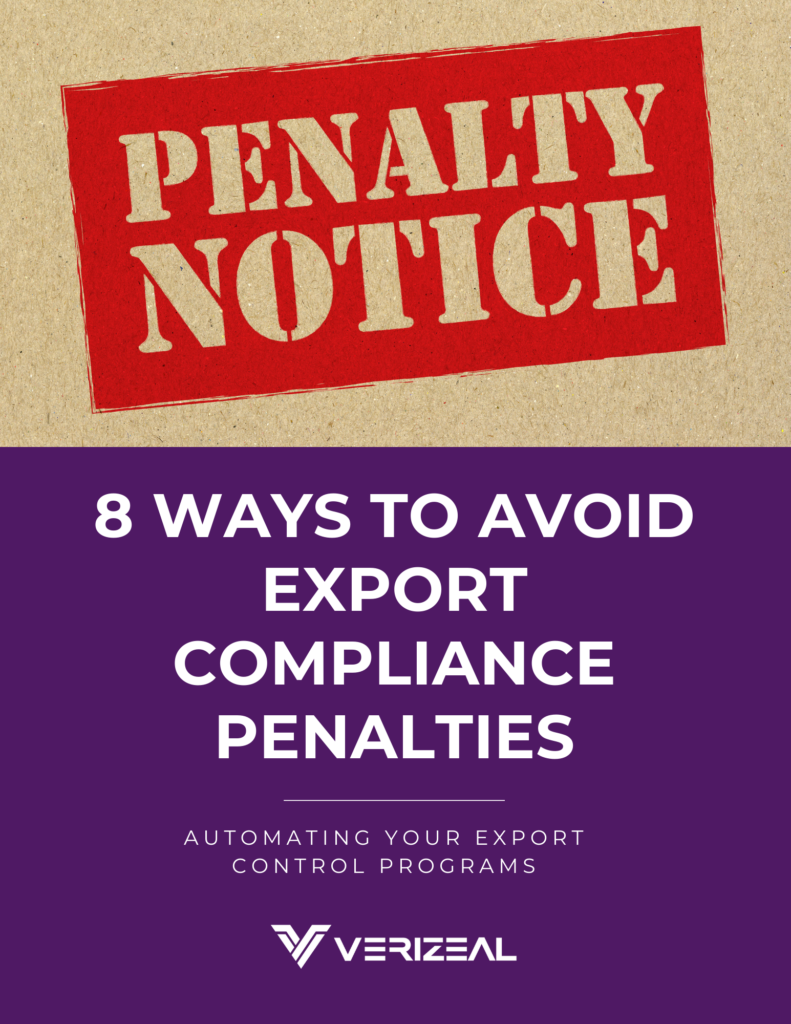A freight bill, like other invoices, informs a business what they owe for shipping goods from one location to another. However, the quoted cost for freight shipping may reflect differently on the final invoice. Freight billing errors can be costly and time-consuming to correct. Companies should have an audit process in place to identify and correct unnecessary freight charges. Being able to avoid the most common shipping mistakes will save you money and time.
Common Freight Billing Errors
The National Shippers Strategic Transportation Council estimates that errors can occur in up to 10% of freight bills. Not all organizations have the staffing to handle researching discrepancies in invoices, but knowing where mistakes often happen can help. The following are the five most common freight billing errors:
Freight Classification
The first step to avoiding unnecessary freight errors is to understand the product’s shipping characteristics. Freight class can be complicated especially when there are many items being shipped at different freight classes. The wrong initial freight classification can cause issues with the final invoice. A reclassification happens when an item or shipment is reclassed by the carrier to a higher class. A reclass can affect the price of a LTL (less-than-truckload) shipment, adding additional fees onto the total. The best way to handle this extra fee is to put the NMFC (National Motor Freight Classification) code on the Bill of Lading (BOL) and ask the carrier if unsure of the correct class.
Detention Errors
If a carrier’s pickup time is delayed, they will often charge a fee. The most common detention fees are per diem and driver fees. Per diem fees occur when the shipper does not hand over the shipment at the time that was previously determined. Driver fees happen when the driver is detained beyond the time that was allotted for loading and unloading the truck. This usually happens at the point of origin or the destination location. Detention errors can add up if not controlled properly, however, an audit of detention error rates can determine the cause of the fees.
Accessorials
Some shipments require the carrier to perform duties beyond the regular pickup times and delivery routes, however they come with additional fees. Accessorial charges include liftgate services, inside delivery, and limited access delivery. They must be listed on the BOL, which is the contract issued by the shipper that outlines the details of the shipment, when the carrier makes a pickup. When it comes time for the billing, however, there may be errors on complex shipments that included accessorial services that the shipper may have forgotten to include on the BOL. The best way to avoid these is to have clear communication with the carrier so additional invoice fees can be expected and planned for.
Inaccurate Weight or Dimensions
Many products that are shipped via LTL use the NMFC’s classification system. Often the class of the shipment depends on its weight and dimensions. Carriers weight and measure shipments in their system so this information should be accurately displayed on the BOL. Carriers will reweigh any weight that is incorrectly listed on the BOL. If the weight or dimensions are not correct, the classification could also be wrong and result in a billing change. Even if the shipment has been invoiced, a reweigh by the carrier adds additional cost to the shipment so shippers should list the accurate weight every time. The listed weight should be for the total including the pallet and packaging.
Incorrect Billing Information
In addition to important shipping information like class, description, weight, and addresses, a standard shipping BOL contains billing information that the carrier uses to determine who is paying for the transit. The information on a BOL can be incorrect or a miscommunication about who the billing party is, which results in confusion and additional charges. The shipper can avoid this by double checking the BOL for the right billing information. The process of LTL shipping is different from truckload shipping where carriers use their own BOL’s. If an error is detected, it can be corrected with a letter of authorization to the carrier to rectify the billing.
Tips for More Accurate Invoicing
The following are ways to avoid billing errors:
- Include all of the delivery information needed
- Ensure the delivery, billing and contact information are correct
- Include an NMFC Item # and Sub # on the BOL
- Provide accurate piece counts, weights, and dimensions
- State the accessorials on the BOL
- Communicate with the carrier
Verizeal for Invoicing and Audit Automation
Most common freight invoice mistakes are avoidable, however part of the issue is due to the reliance on paper-based processes. The lack of real-time transparency results in finding out about additional charges when the final invoice arrives. Automating the invoicing process increases transparency and reduces errors. If your company is finding that their freight bills are higher than expected, Verizeal can help by automating your freight invoicing and auditing for better efficiency. In fact, Verizeal is proven to decrease documentation efforts by 60% while increasing visibility to the invoicing process.



